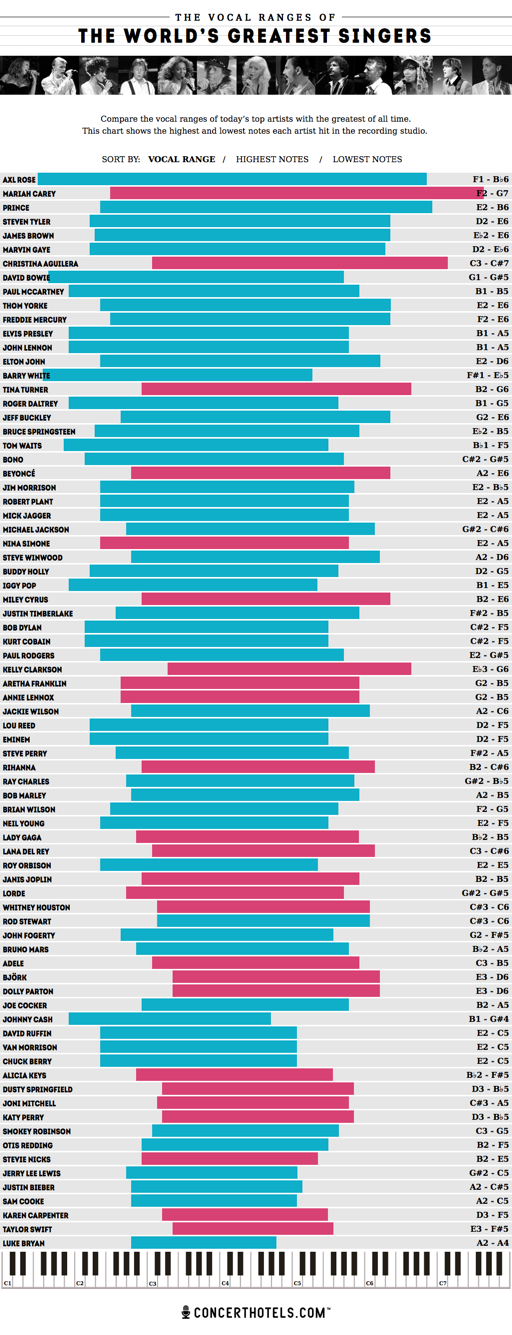 Happy Pentecost, everyone!
Happy Pentecost, everyone!
So sorry I've been a little quiet lately. Things actually got
busier after the end of the school year, so I've been struggling to post. But what better day than the birthday of the church for a new beginning. Today, Christians around the world celebrate the descent of the Holy Spirit and the foundation of the church's mission to the world. To celebrate, I'd like to share three thoughts about this great feast.
Here they are:
1) "Pentecost," Greek for "50th day" or "50 days," is the Jewish harvest feast, like our Thanksgiving. It's celebrated 50 days after Passover, just as our feast falls at the end of the Easter Season, 50 days after Easter. The Jewish feast existed long, long before Christians celebrated
their Pentecost and the descent of the Spirit. That's really important, because:
2) Acts 2:1-11, the first reading in the Catholic Church (and many lectionary-based churches), reminds us that - to confuse the issue a little - the first "Christians"
weren't Christians at all. That name came much later. They were Jews. All of them. The early believers in Jesus were
Jews that believed that Jesus was the Messiah foretold in the Hebrew Scriptures. They weren't Messianic Jews, either. They were just "Jews and converts to Judaism," as Acts 1:11 states. So, while it's true that the proclamation "Jesus is Lord," which according to Paul happens only "by the Holy Spirit," these words were first proclaimed by Jews in a Jewish context and understood in a Jewish way. The idea of the Spirit of God as breath is
everywhere in the Hebrew Scriptures. There was
nothing like the Christianity we know today in that time period. There was Judaism with and without belief in Jesus, and there was paganism.
Now, you might say I'm just mincing words when I say that believers in Jesus were Jews, not Christians - because if they believed in Jesus, they were Christians, right? I'd say
wrong. Their beliefs and practices were Jewish - and only Jewish. They learned Hebrew. They prayed in Hebrew in the synagogue (no churches yet, folks!). They read
only from the Hebrew Scriptures (Old Testament), because the Gospels didn't exist yet! At the time the events remembered in Acts 1 took place, Paul hadn't even begun writing.
In short, they couldn't be Christians in the way we understand Christians today, because
no such thing existed yet! Why does this matter? It matters because:

3) Lots of people know "Jesus was a Jew" and will talk about that. But just stating the fact doesn't really get at what's at stake here. As a Jew, Jesus' words and actions were decisively
Jewish; as I said above, the gospels take place in the context of Jewish thought and practice. So, Jesus didn't come to start anything new. That happened on its own. Jesus came to reveal the fullness of God's presence
within the context of Judaism. He knew the saving power of God in his own Jewish tradition; he had heard the stories of the Exodus and knew the prophets, and the words he spoke were intended as reforms of
Judaism,
not as the start of something new. That would be violent. Horribly violent. So if Jesus saw salvation coming through his own Jewish tradition, salvation comes through Judaism; Paul consistently makes this point, putting Jews first. And when Paul speaks of salvation coming "first to the Jews," he does so in contrast to
gentile converts to Judaism, not Christians. Because like I said, there weren't Christians yet!
I don't want to take this reflection any further today. I just invite you to really think it over, putting aside easy and familiar interpretations and giving the historical development of faith in Jesus Christ its full due.
And, of course, I'd love to hear your thoughts.
Happy Pentecost, church! Let the Holy Spirit be our guide in all things, enlivening and inspiring us always. Amen.
.JPG)











.jpg)



























